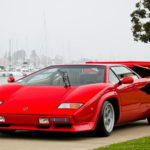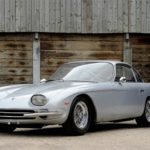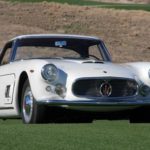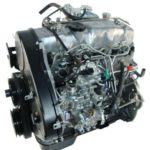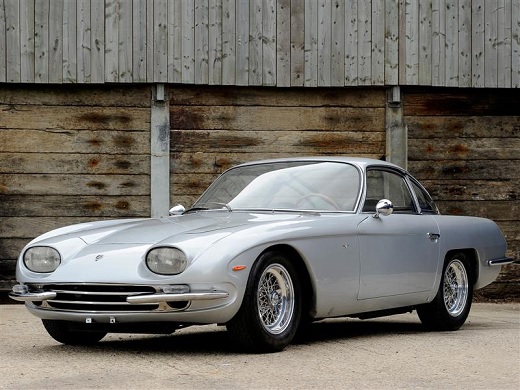Lamborghini Miura 1966 - 1973 - Model history
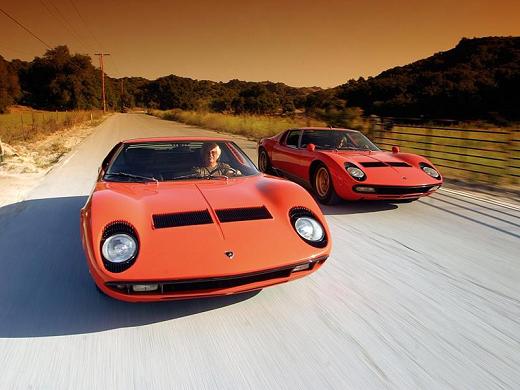
Lamborghini Miura
The famous Italian factory of exclusive sports cars, the Lamborghini has a very interesting and rich history, where among the many exceptional vehicles, the Lamborghini Miura is especially emphasized as the best example of a supersport car, out of time and space.
Considering that the history of this brand is little known and that it was poorly written in our specialized press, it is important to remember how it all started… The founder of the factory is Ferruccio Lamborghini, born in Bologna, 1916. Although the son of a farmer, he did not inherit love of the earth than from an early age showed a great inclination towards mechanics. After completing his technical studies, he was recruited and spent the Second World War as an officer in charge of mechanization in the Italian army. After returning home, he began the business of buying used military vehicles and turning them into tractors, much needed by post-war Italy. Success in this leads to the founding of Lamborghini, a company specializing in the production of agricultural machinery. Having acquired a solid financial background, he decides to start the production of helicopters, but fails to get permission from the Italian government.
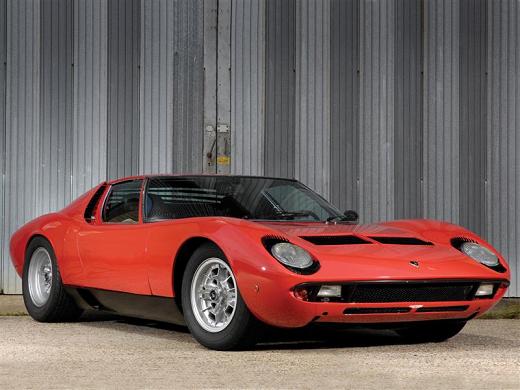
Lamborghini Miura
Finally, in 1963 the company Automobili Lamborghini was founded. According to an unofficial and untested story, an additional reason to set up the car factory was the clash with a friend named Enzo Ferrari. Specifically, Ferruccio, himself owns several of the cars he made Ferrari, once complained to Enzo about the poor quality and high price of his vehicles. The vain owner, now a legendary brand, replied rudely that he did not see how one tractor manufacturer could know anything about his top-class cars. So Ferruccio decided to show how he knew anyway. The first production models began to leave the factory in Santa Agata, in 1964. These were the 350 GT, and a little later, the 400 GT, models that attracted a lot of customers with quality and reasonable price and formed the company's reputation.
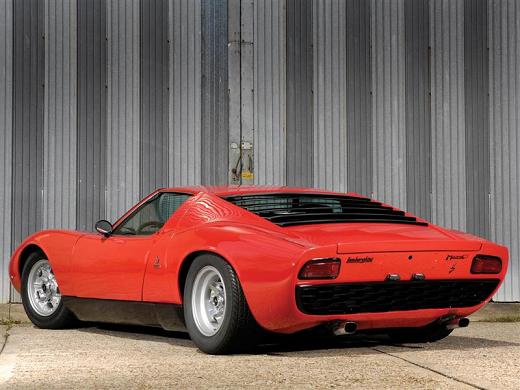
Lamborghini Miura
In 1965, at Ferruccia's wish, work began on an ultra-modern, supersport car that should amaze the world. The first prototype of the new athlete was already shown at the Turin Motor Show in the same year. Visitors' attention was occupied by technical solutions that suggested that it was an exceptional creation. Specifically, a steel chassis full of holes was constructed to reduce weight, on which the well-known and proven 12 cm³ Lamborghini V3929 engine was mounted. The unit was mounted above the gearbox with which it shared the same lubrication system. Only the chassis was presented, with no bodywork, and every design house in Italy wanted the opportunity to style a new Lamborghini.

In the end, Bertone got the chance and it was the right choice. Finishing the car took less than a year and a new prototype was ready for the 1966 Geneva Motor Show, where it was then officially called the Miura, the star of the exhibition. This car also features several new solutions, such as how to access the engine and other components, the technology of making a cabin made of steel for strength, and the front and rear of aluminum to reduce weight. The new Lamborghini was warmly welcomed by the automotive world, and orders in large numbers began to arrive.

Lamborghini Miura
Despite the great publicity surrounding Miura, Ferruccio parked a car in front of the famous Casino Square during the 1966 Monaco Grand Prix, and whenever enough curious people and people from the world of motor sports gathered, started the engine and enthralled the crowd with the magnificent noise of V12 units. Miura was quickly tested and Lamborghini was preparing for production. The check was completed for the fourth car to be manufactured, which was first offered for sale in 1967 when production officially began. The performance of this first series, called the P400, was stunning, the engine developing 350 hp and launching the car from 0 to 100 km / h in six seconds, while the top speed was 280 kilometers per hour, at that time, fantastic values.
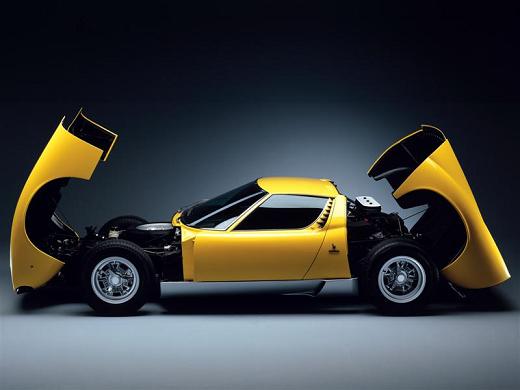
Despite the $ 20,000 price tag, the Miura was a huge success and 475 copies of this series were produced by 1969, when production of the P400 ceased. As early as November 1968, a new, upgraded version called the Miura P400 S. was introduced. The new model was equipped with four Webber carburettors, different combustion chambers, new exhaust and new valve lifters. All this resulted in 20 horses with higher engine power and slightly better performance. Progress has also been made on the interior with higher quality materials, leather, optional air conditioning and electric windows, and between 1968 and 1971, 140 pieces of this series were made.
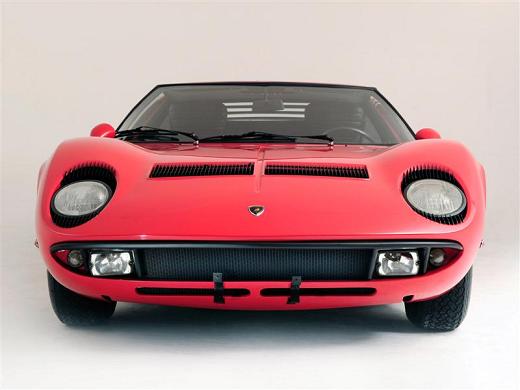
This modernization has been affected by criticism from customers who complained about the poor interior, poor overall vehicle quality and strange engine behavior. All of these were the result of poor vehicle testing, insufficiently proven technical solutions and the desire to bring the car to market as soon as possible. Today, some automotive historians believe that this is exactly why the Miura could have been a much better car than it is, but no matter what, it is still an exceptional machine. In March 1971, at the Geneva Motor Show, the P400 SV Series was unveiled, which was the strongest, most extreme, last official and among the connoisseurs, the most beloved version of the Miura to date. In design, it differed from its predecessors only in details, such as headlights without characteristic "eyelashes", and the biggest changes were under the body.
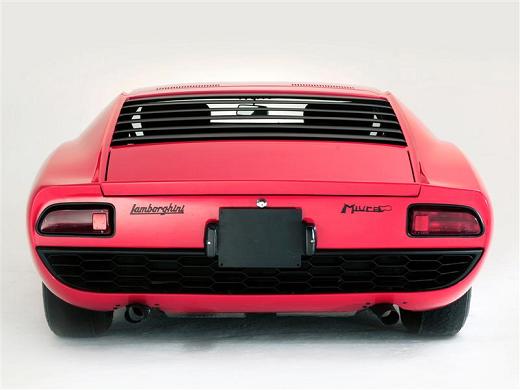
Namely, on this model, the engine and gearbox finally got separate lubrication systems, which enabled the installation of a new ZF differential. The engine was further tuned and developed 385 hp, which increased the top speed to 290 km / h. The interior of the vehicle in this model was completely in leather, and handles were mounted on the center console, which provided the passenger with additional support in a sharp ride. The exact number of models produced in this version is 150 pieces, but many earlier Miura were factory rebuilt according to the P400 SV specifications. In mid-1972, production of the Miura officially ceased after 763 cars were produced. The final number of cars made is still slightly higher, because until 1975, Miura could be ordered directly from the factory, but only with a special request.

In addition, five special versions were made for testing purposes, called P400 SVJs, which had unidentified powerful engines, spartan gear and, according to the story, were completely untamed on the road. All this leads to the conclusion that the Miura was made in about 800 copies. The Lamborghini Miura is certainly one of the turning points in modern motoring in the field of supersport vehicles. On the basis laid by this model was created the famous Countach, which has long been the most popular car in its class. Although virtually all Miura's are in the coupe version, in 1968 Bertone constructed a Roadster model, where the roof panel was deposited behind the passenger, onto the bonnet. Although Ferrucco Lamborghini approved the move, production never came to fruition due to lack of capacity.
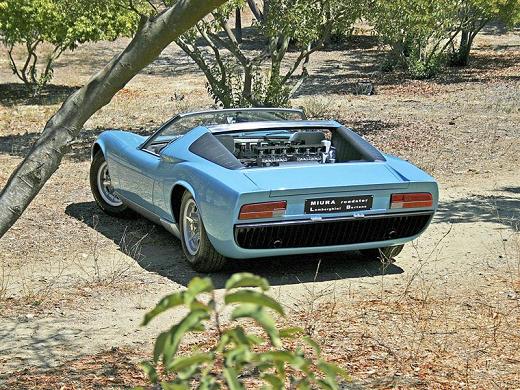
In addition, there are two other copies of the Miure Roadster, but made by dealers, in their own direction. This model was, both over the years of production and now, a favorite car of the world jet set. Among the first owners of Miura were: the ruling Monaco dynasty, fashion magnate Walter Wolf and former Iranian chess player, Reza Pahlavi. A car that belonged to chess is particularly interesting. Specifically, the red Miura, which is in one private collection today, has only 72 original miles. Of the celebrities who own Miura today, stand out actor Nicolas Cage and British musician Jamiroquai. Regardless of his negligible racing career, Miura has become a symbol of the speed of his time.
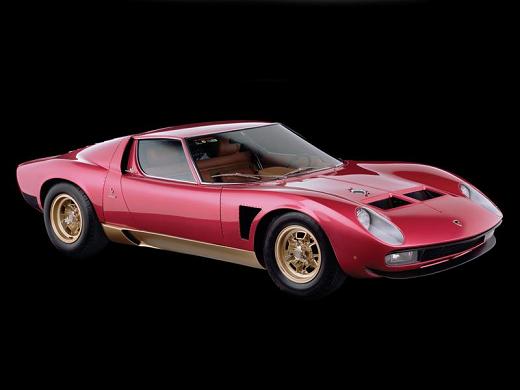
It is a well-known story that there is no red area of the engine at the speedometer, and this has been interpreted, because of the enormous power and speed that the car develops, this "red field" is just the driver's courage. Today, the Miura is at a very high place in the hierarchy of classic cars, both in price and in the reputation it enjoys. Prices, of course, are high and vary depending on the version and condition of the car.
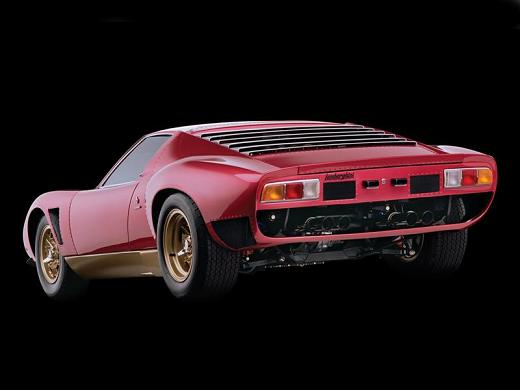
It is interesting that an important point in assessing the value of a car is its involvement or non-participation in traffic accidents, because the huge number of Miura's, due to its explosive power, ended up by the side of the road or "wrapped" around a tree. No matter what, in order to buy a Miura, it takes about as much money as it costs a new one Lamborghini Murcielago. Totally adequate ?!
Author: 426 Hemi
Images: Lamborghini
Retrieved from: www.brzabrzina.com
Recommendation of similar texts:

Hi there, I am Mladen and I am an auto enthusiast. I started this blog years ago to help like minded people share information about latest cars, car servicing ideas, used car info, exotic cars, and auto technology. You will find helpful articles and videos on a wide variety of cars - Audi, Mercedes, Toyota, Porsche, Volvo, BMW and much more. Ping us if you have anything cool to share on latest cars or on how to make older cars more efficient, or just want to say hi!

